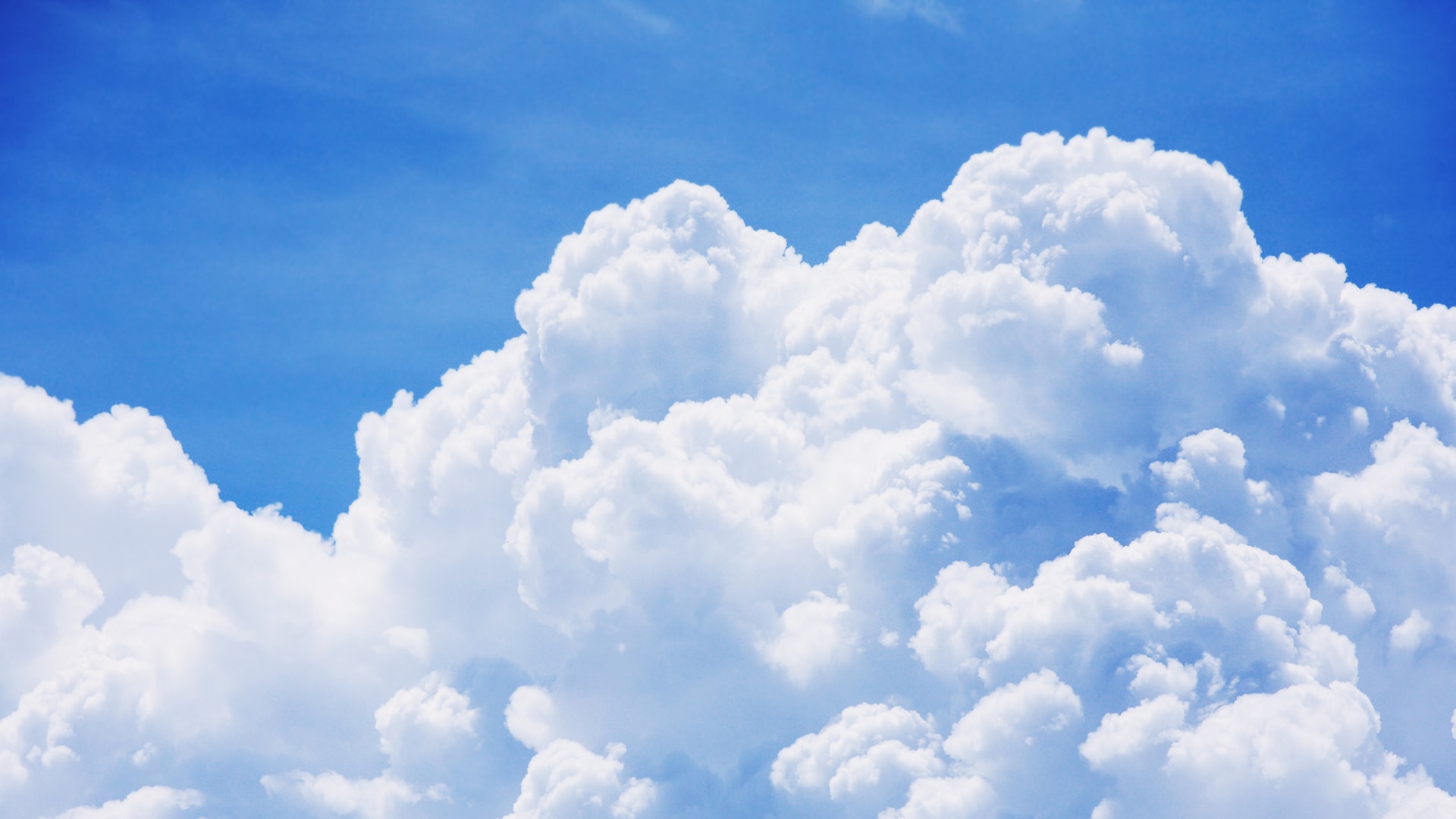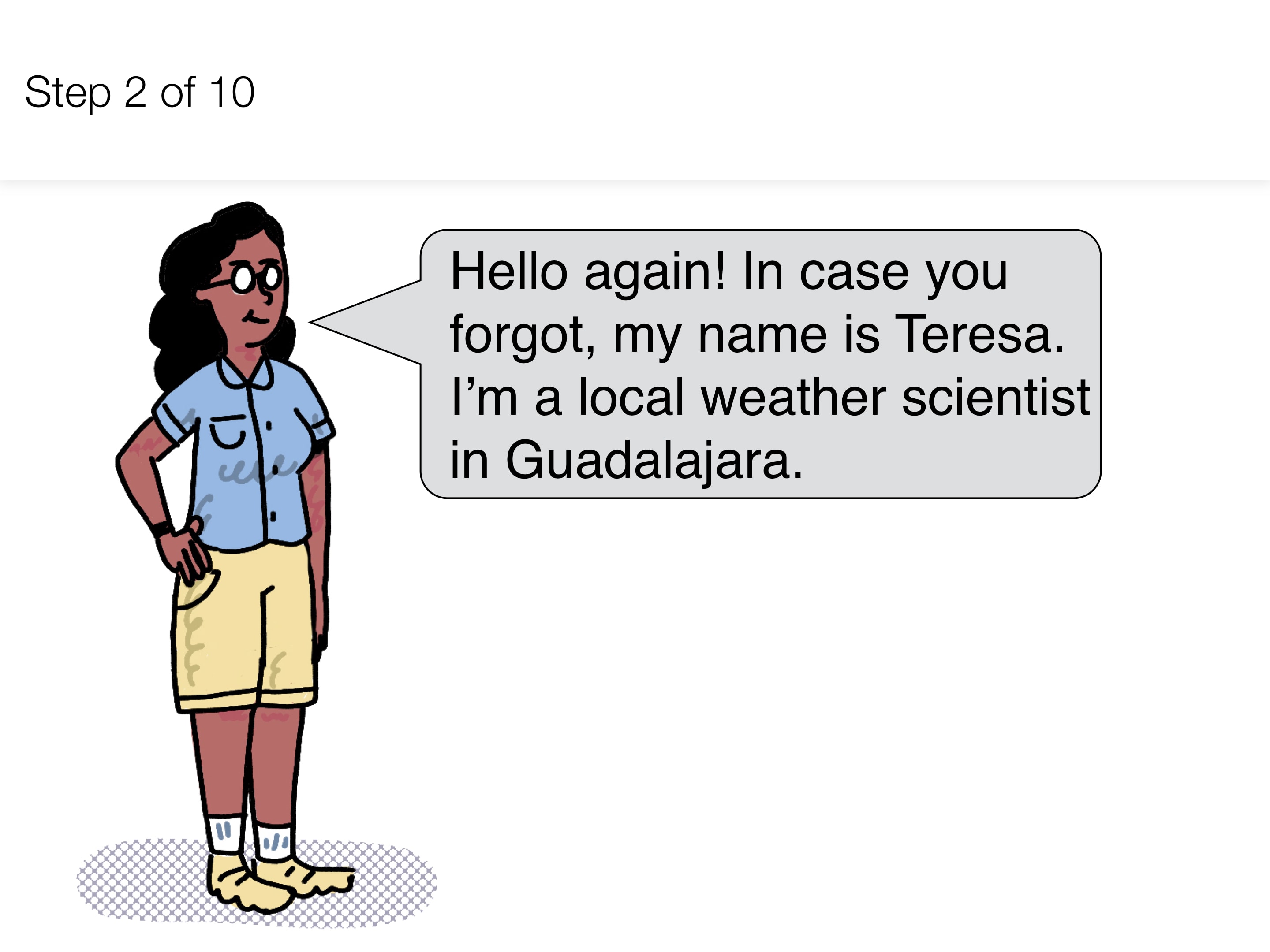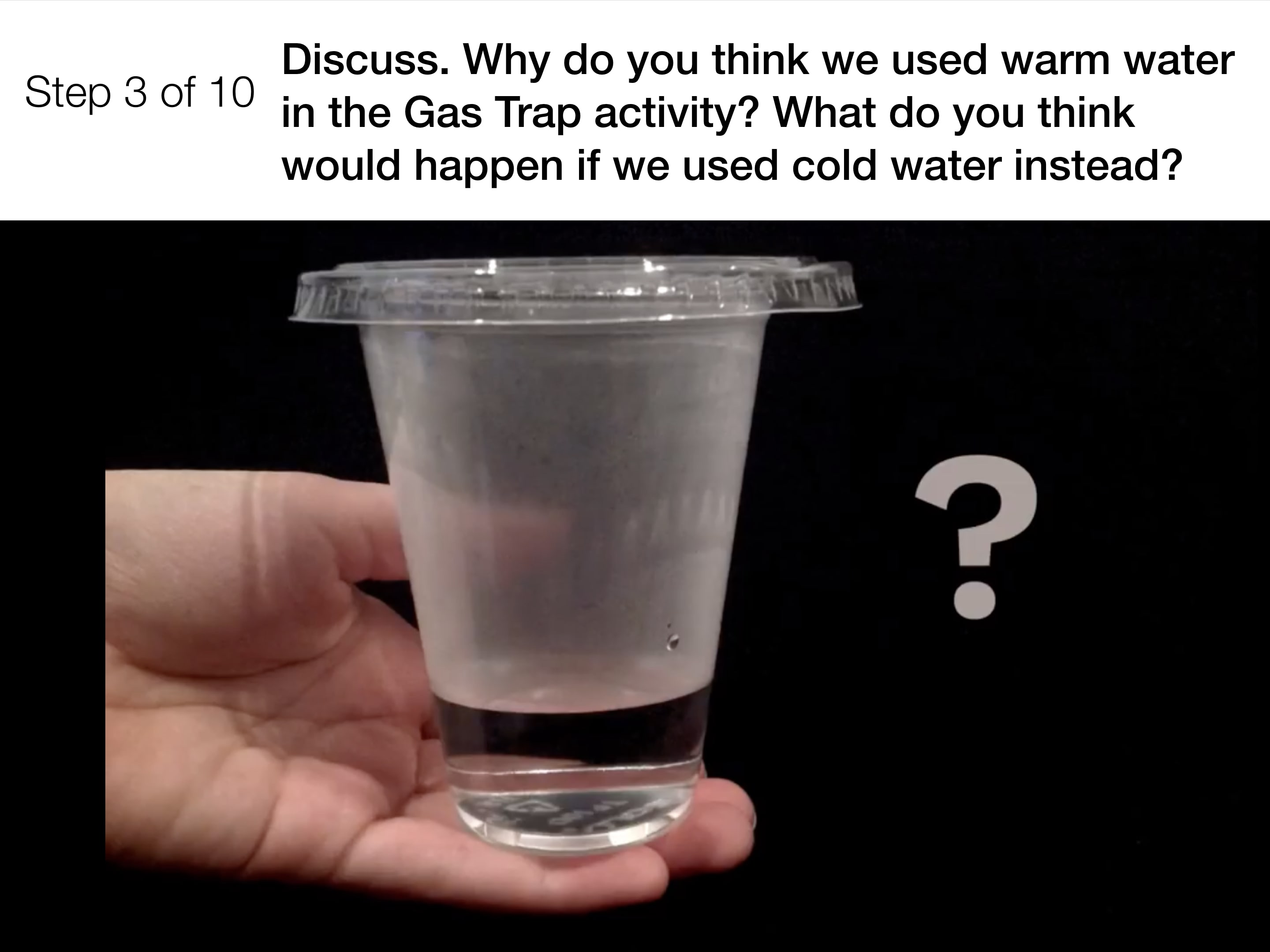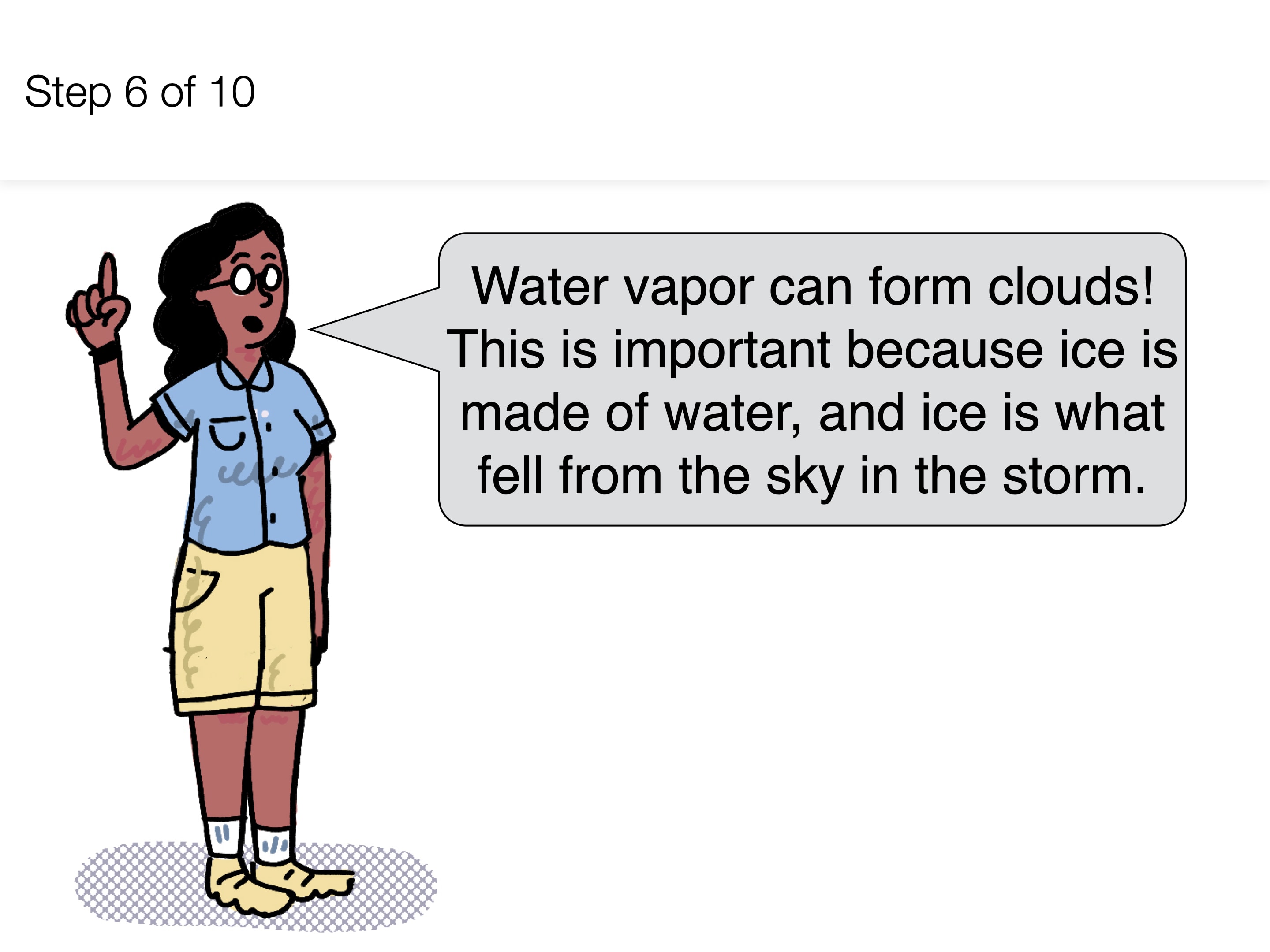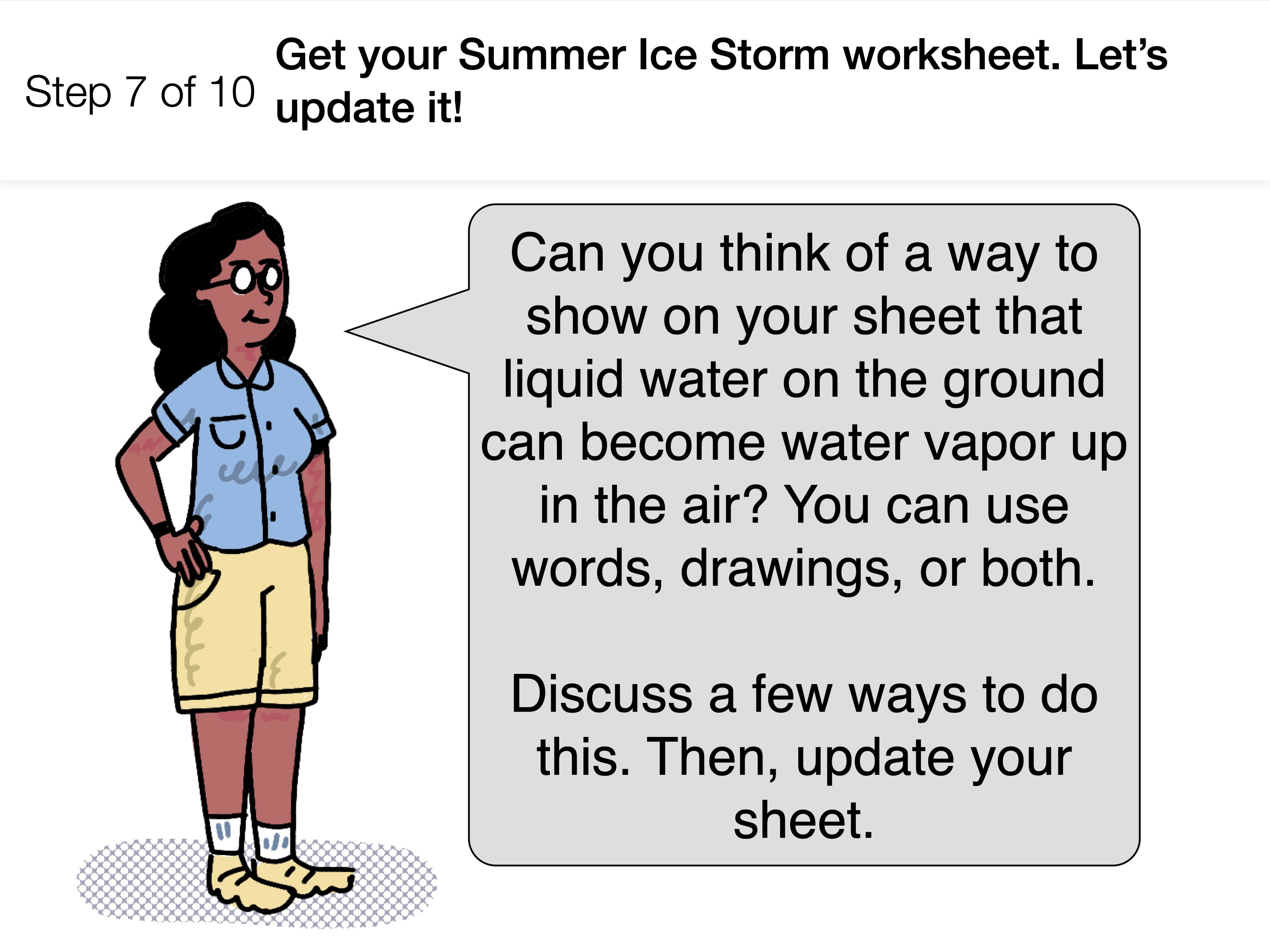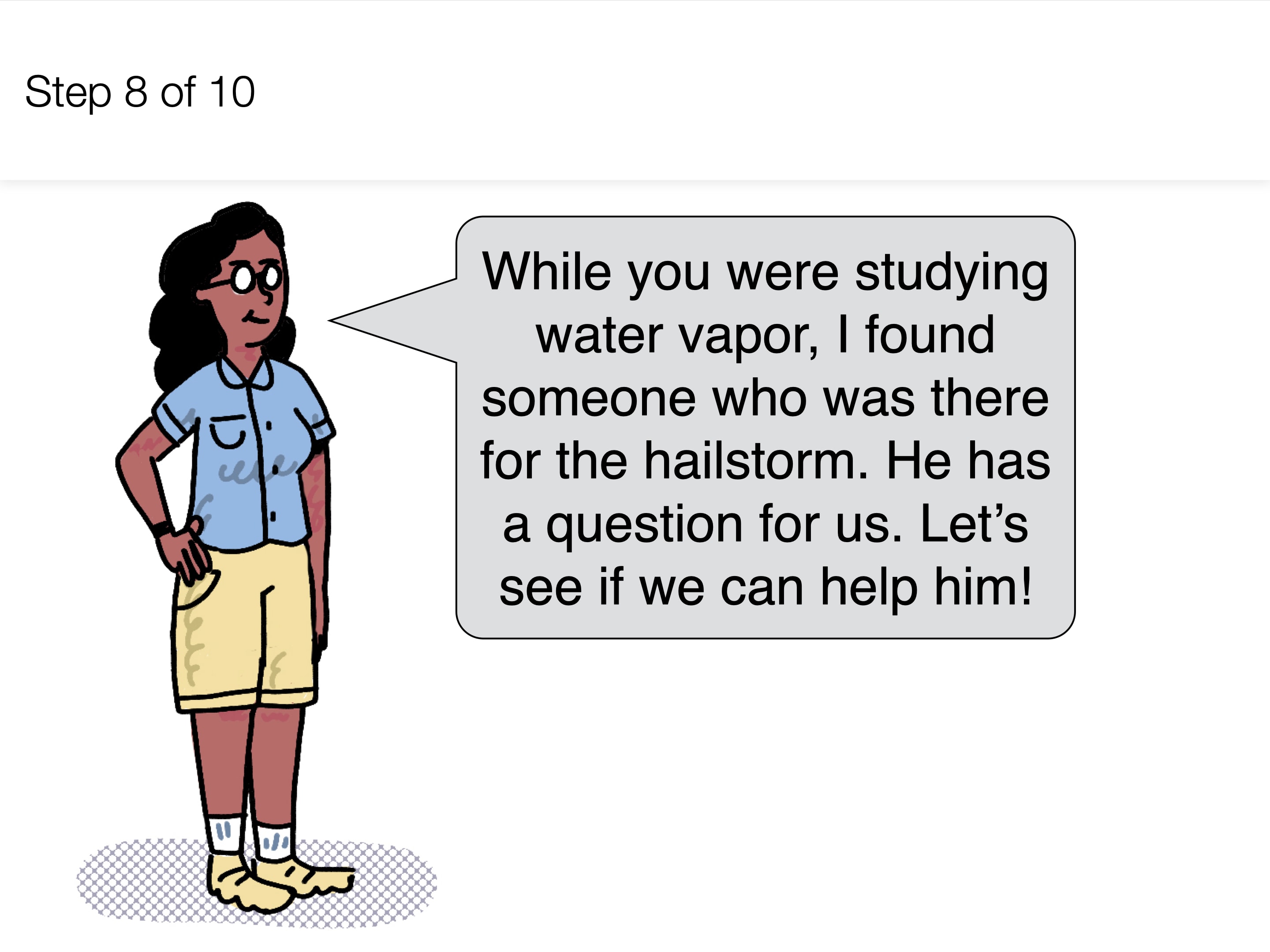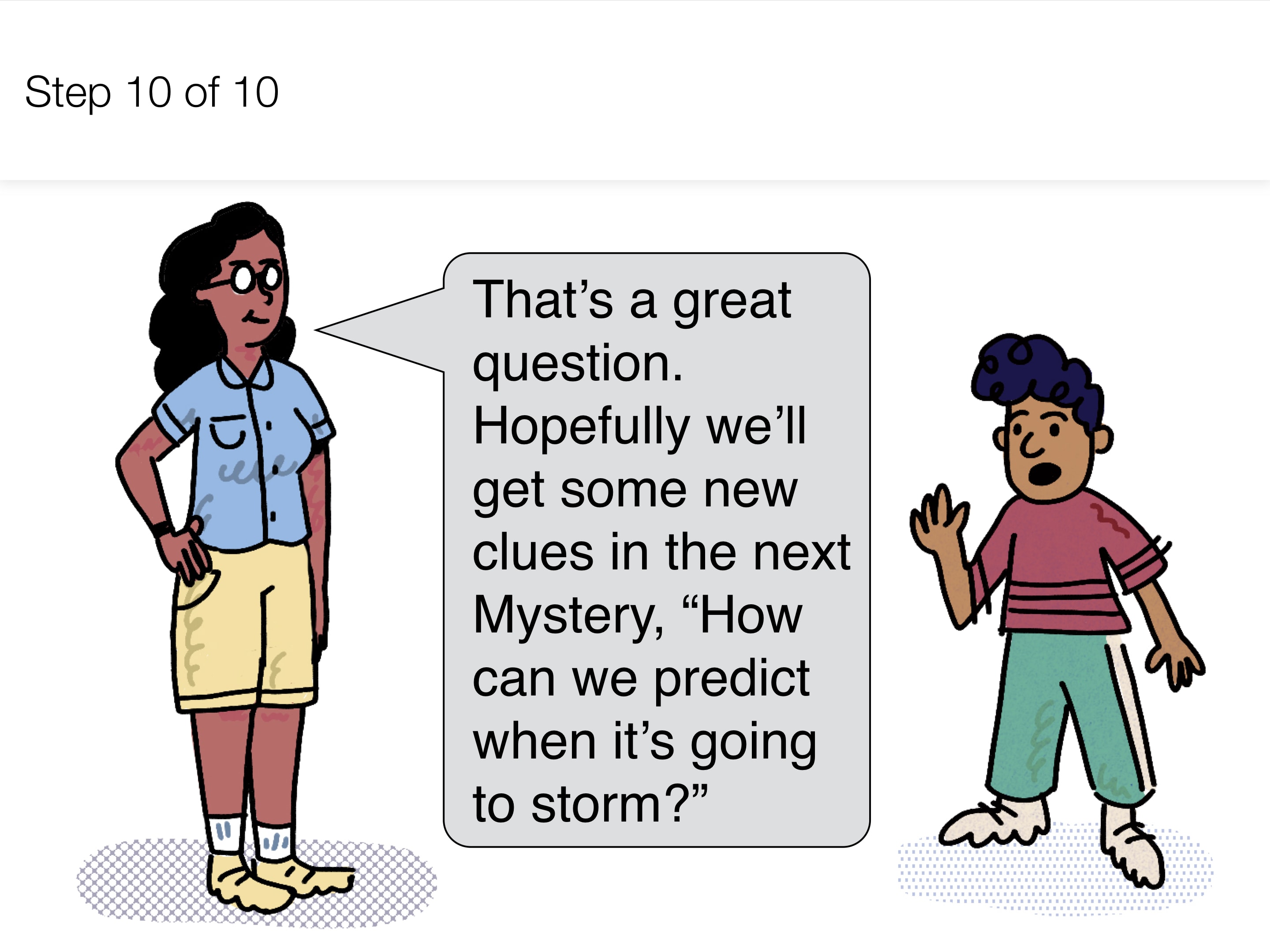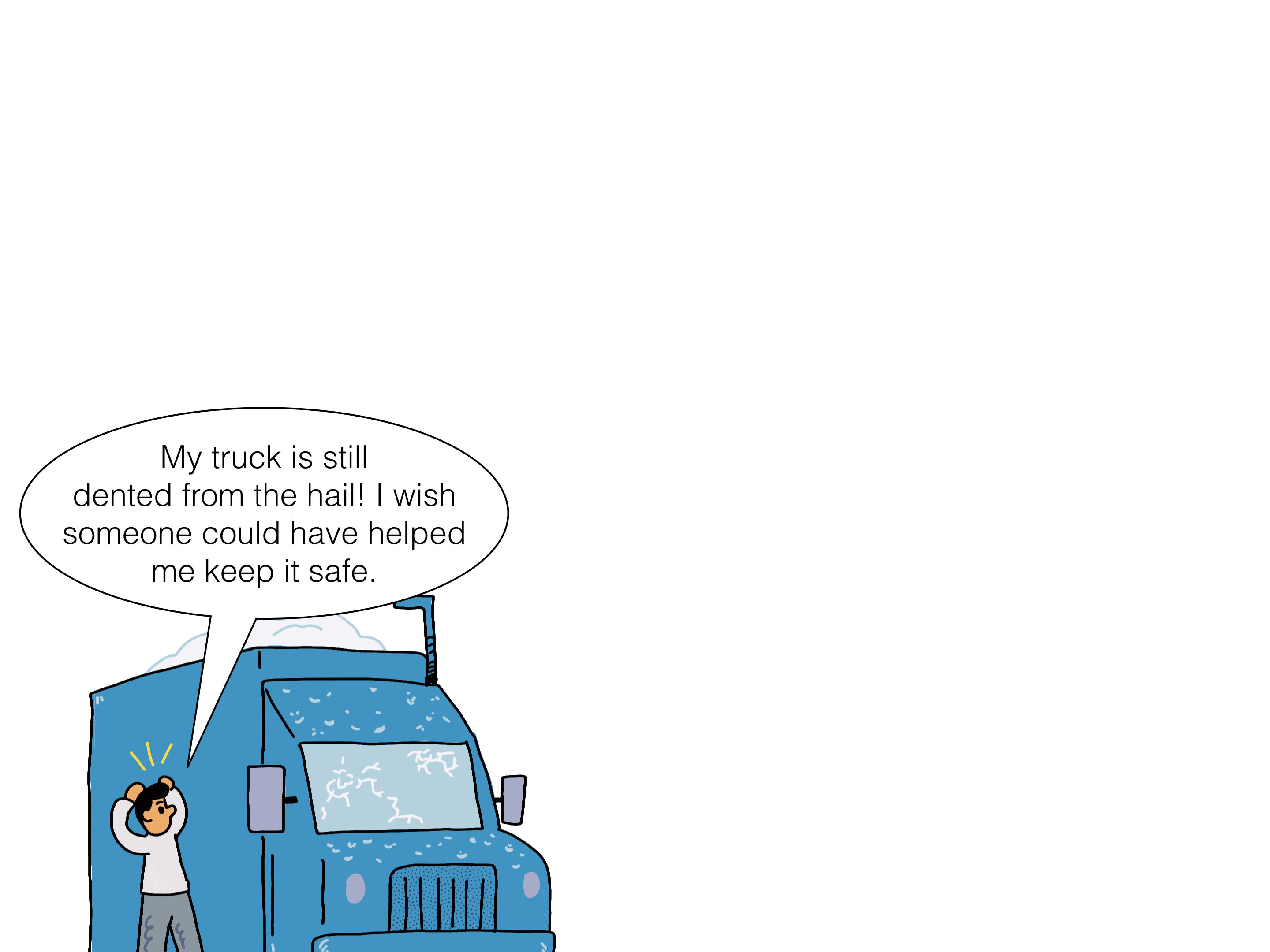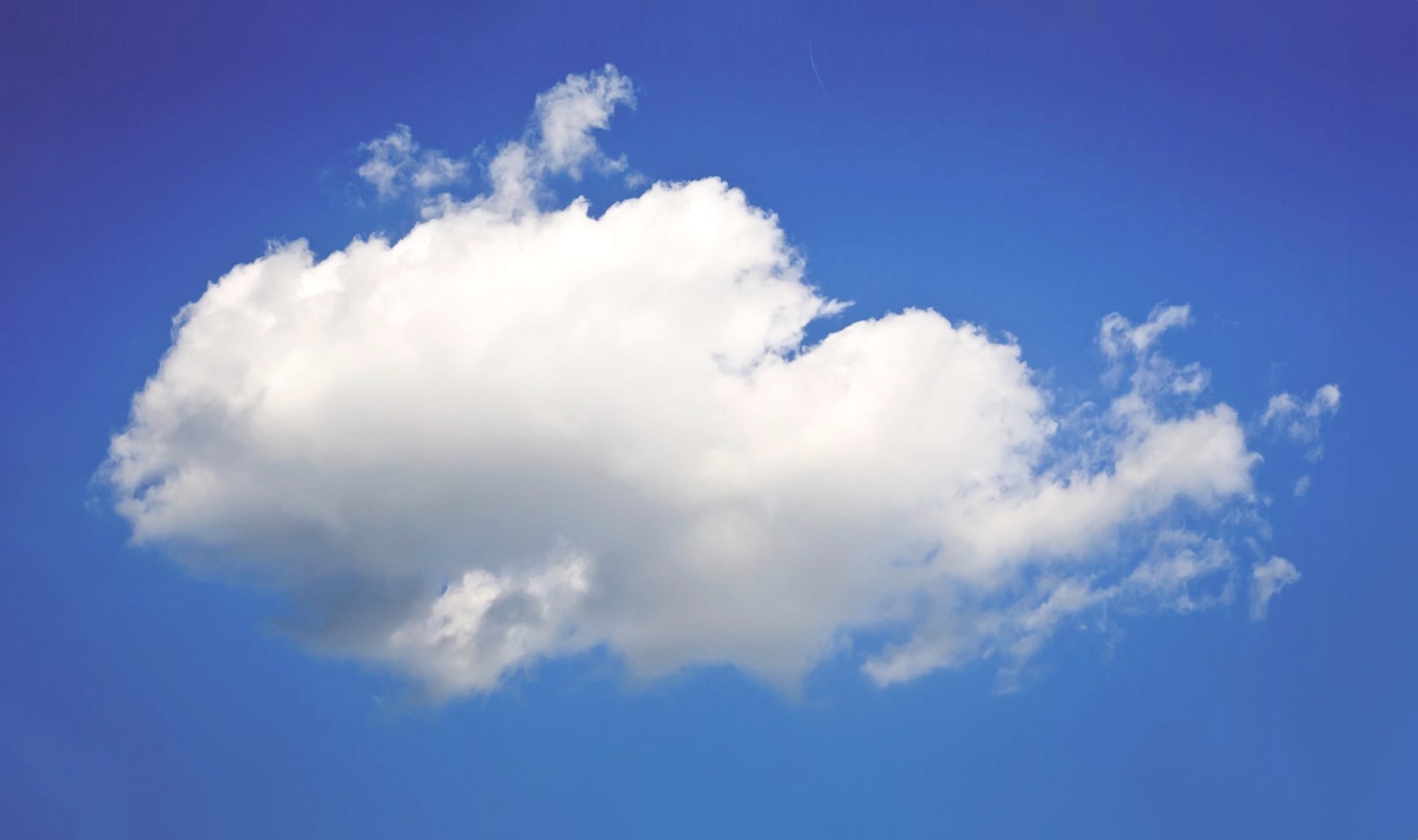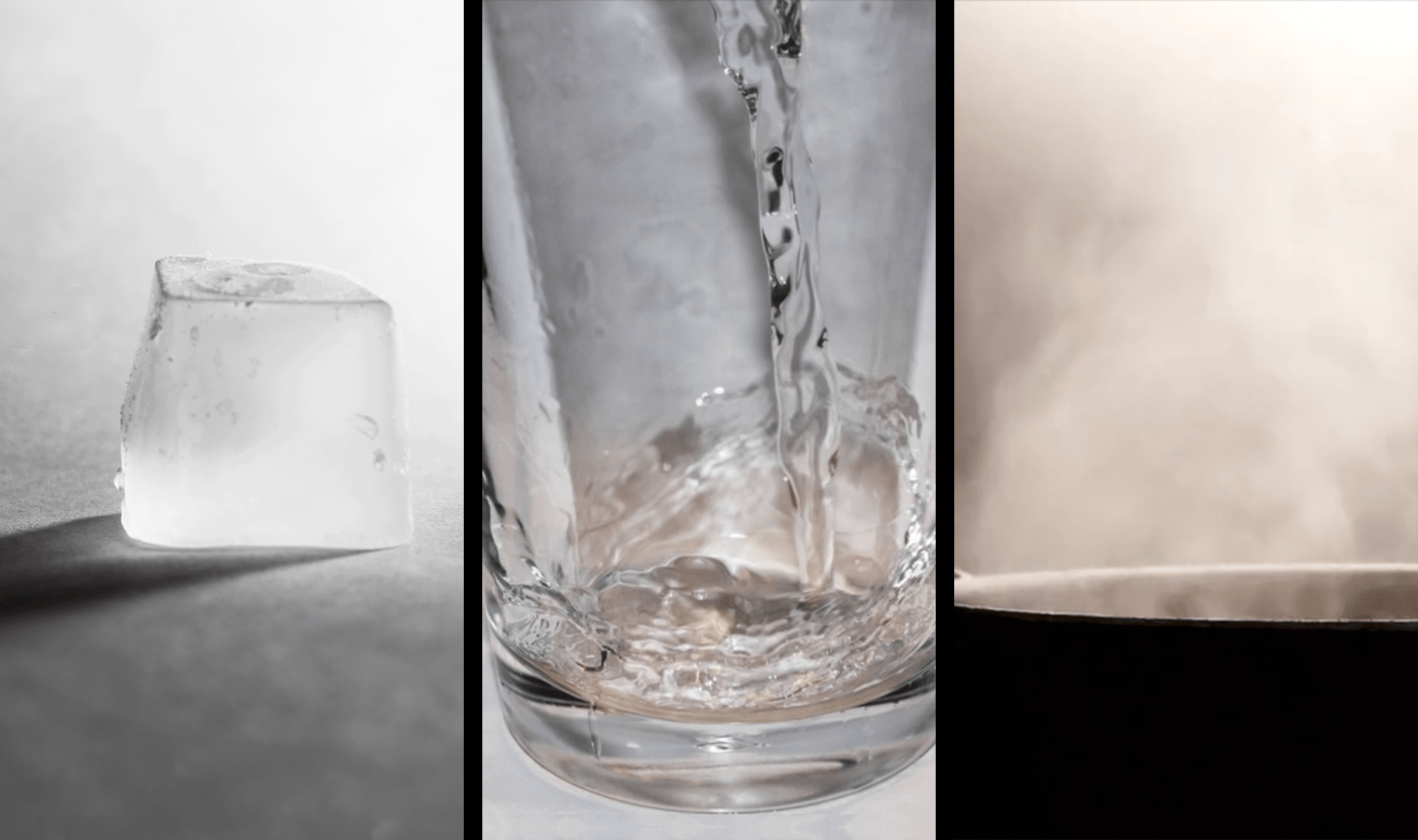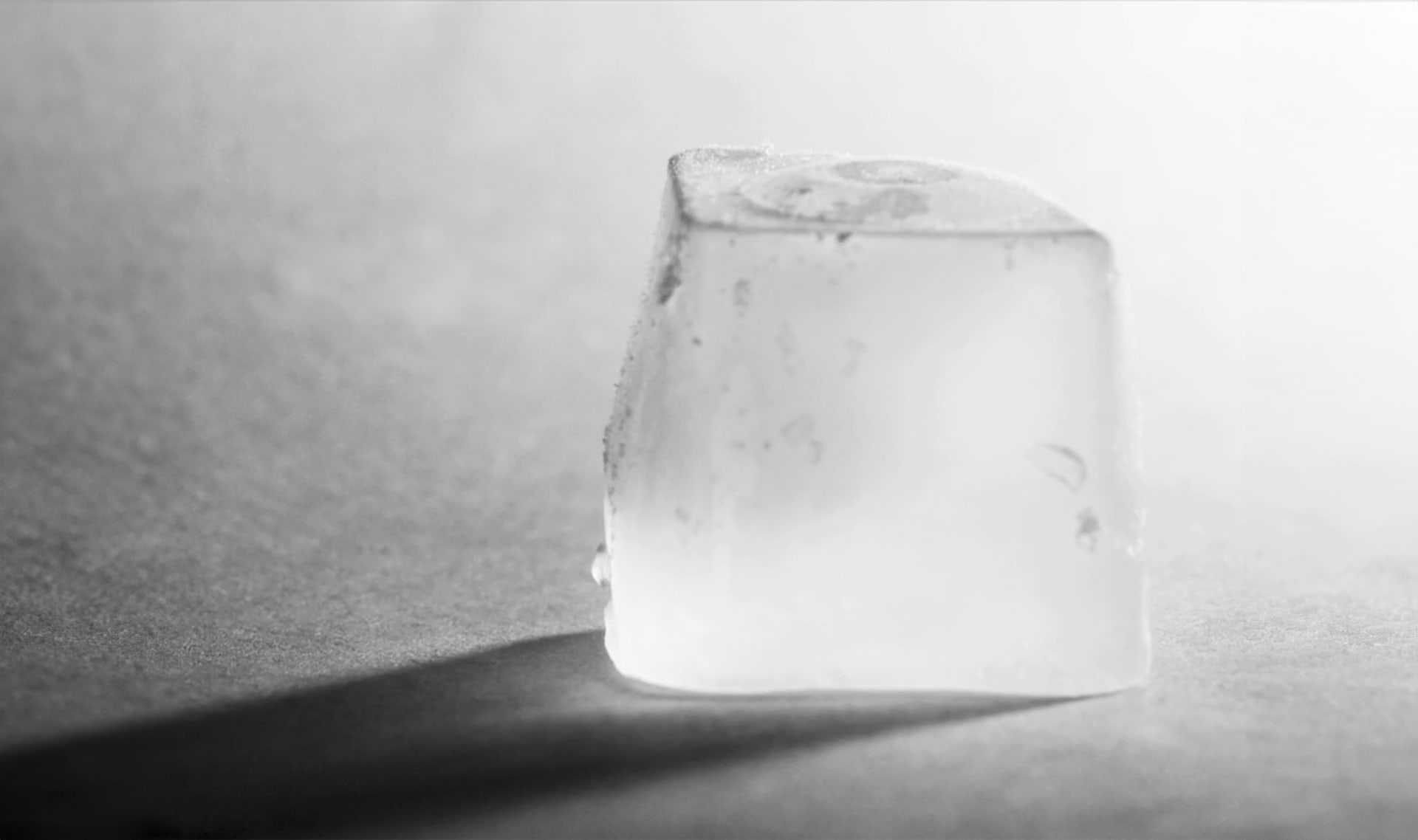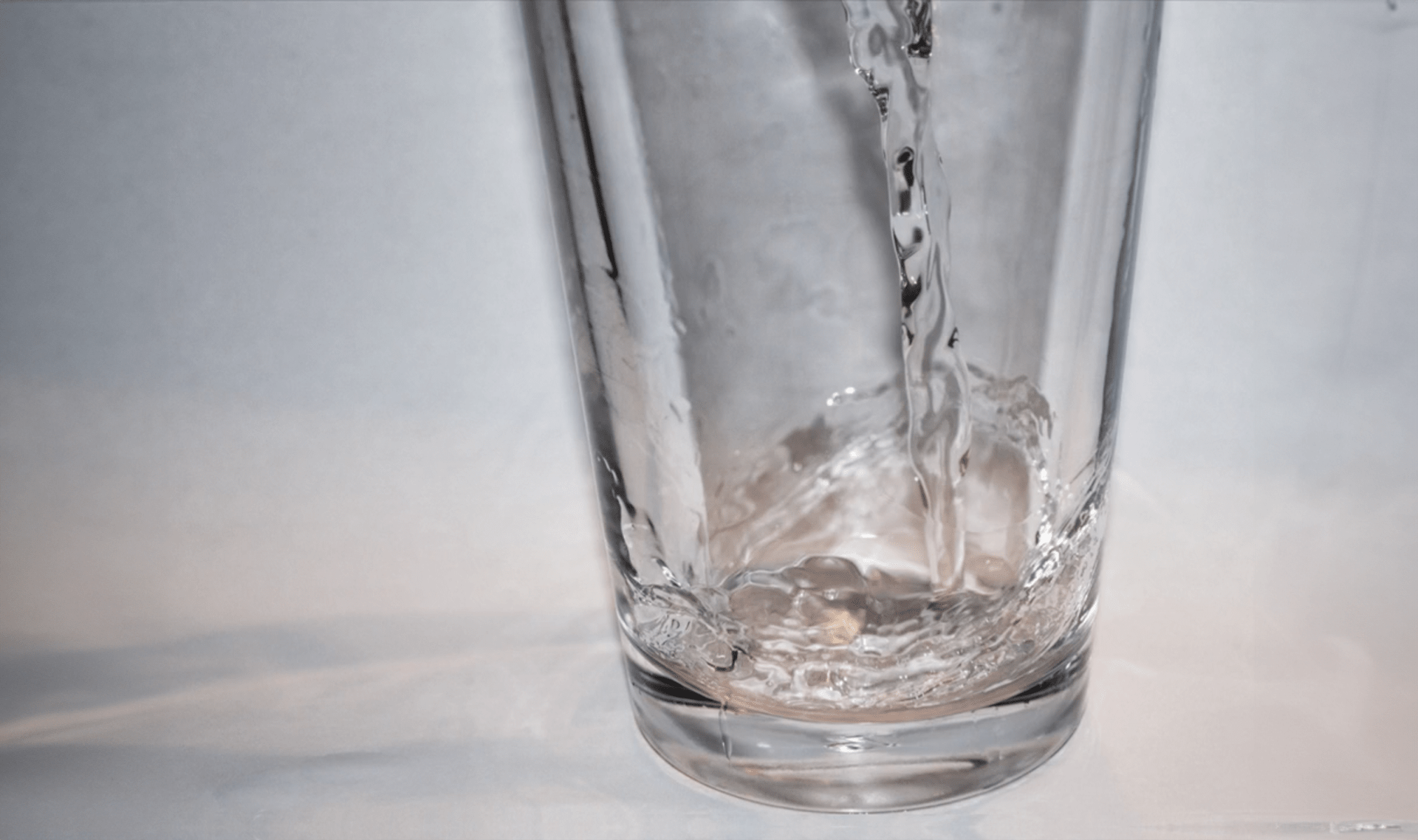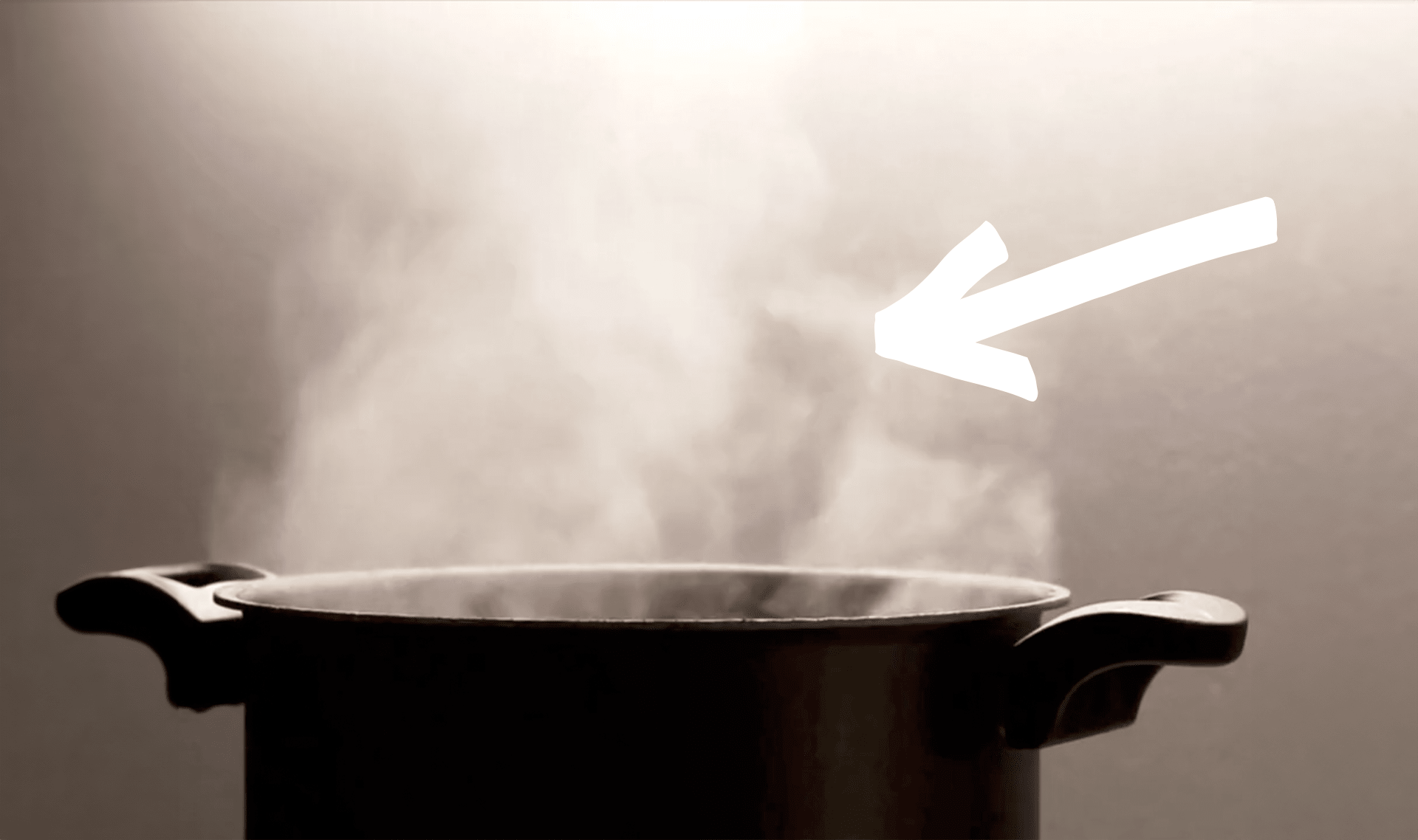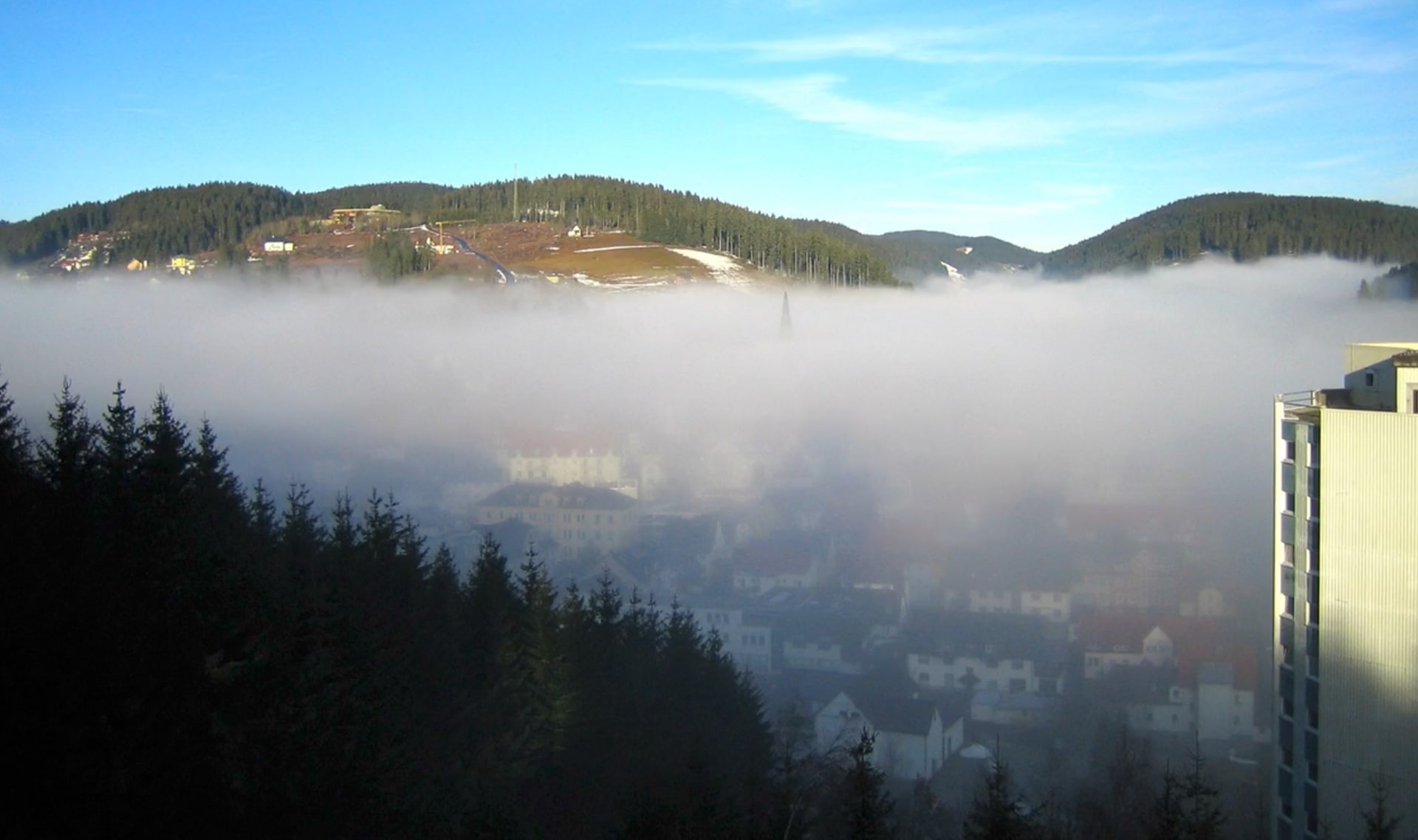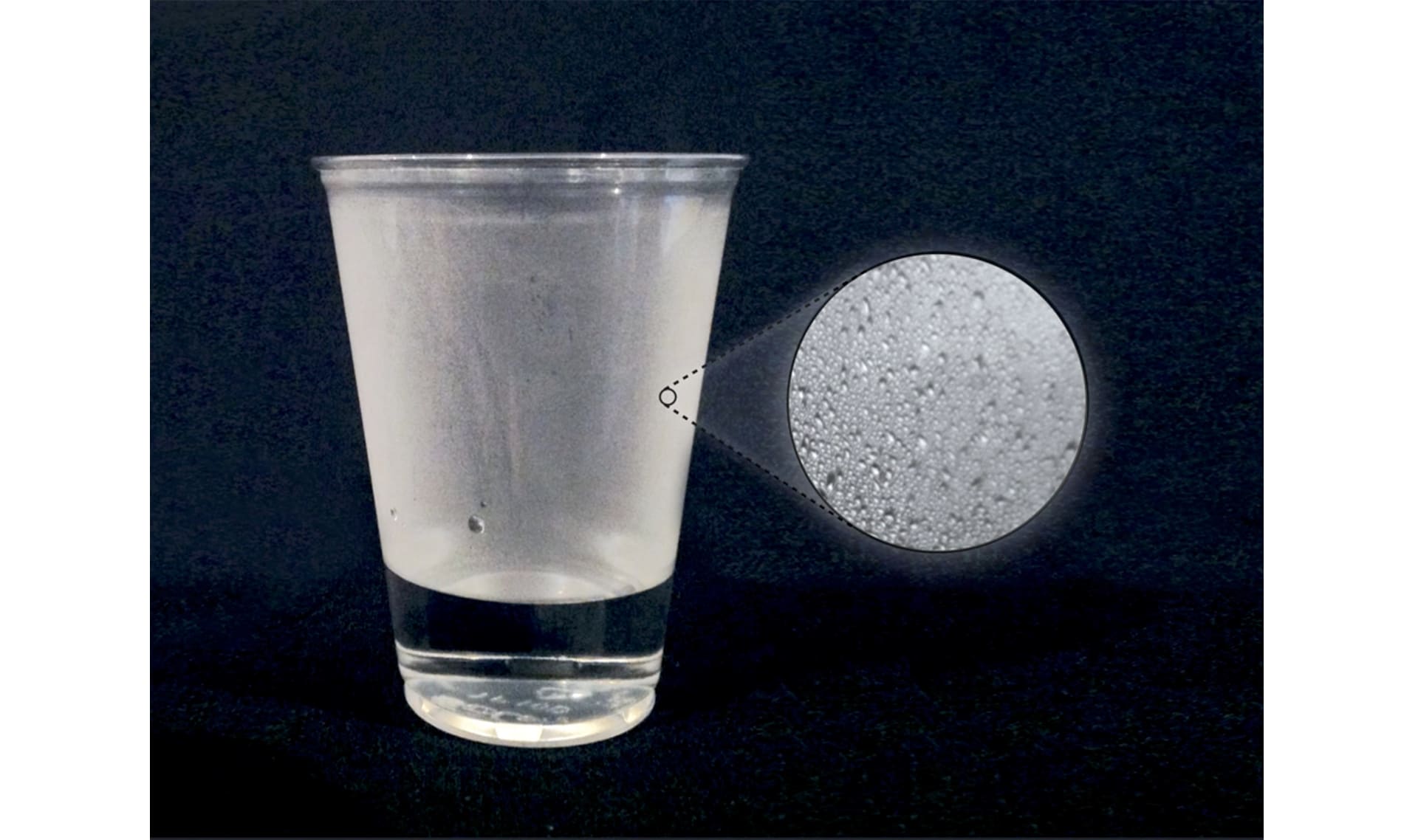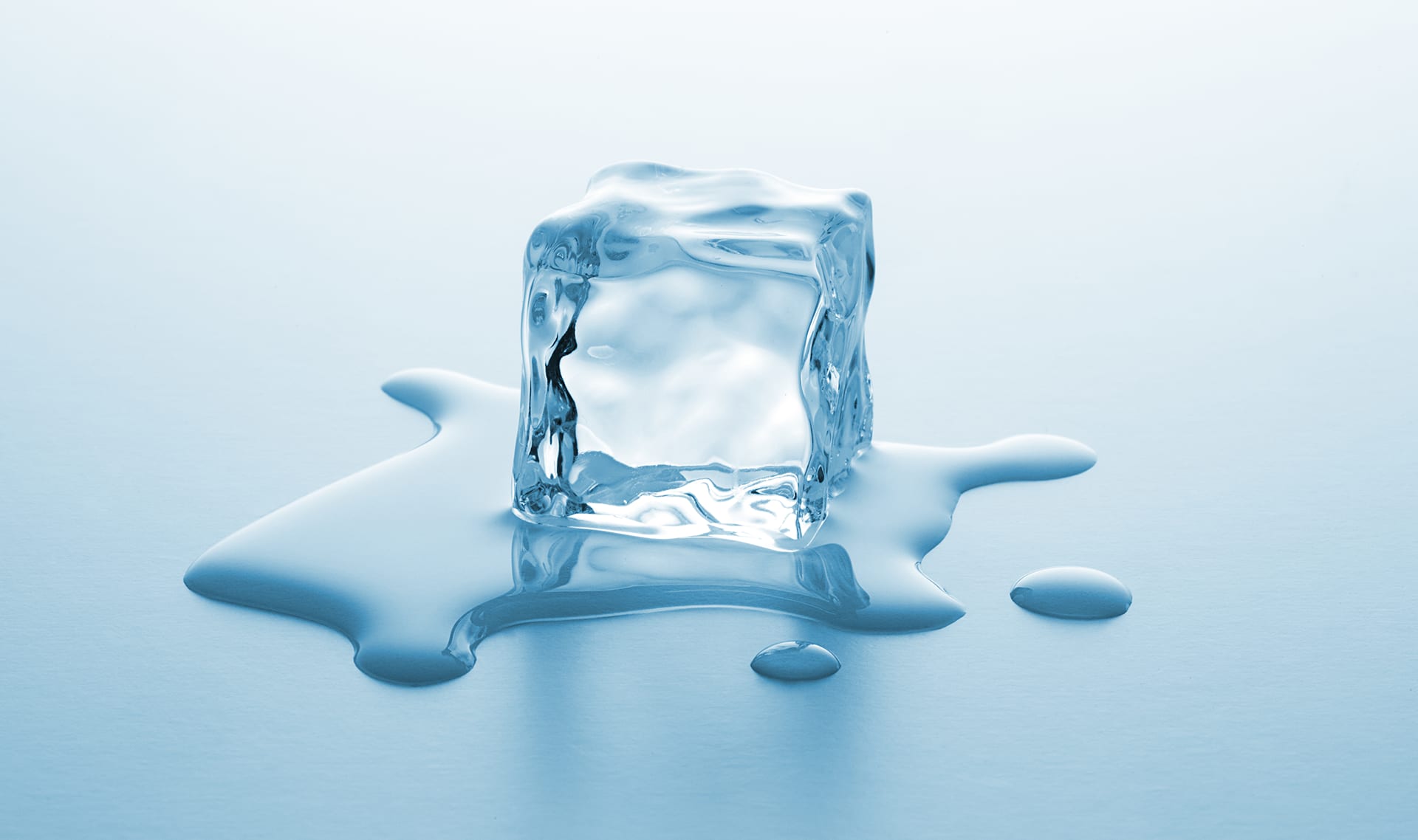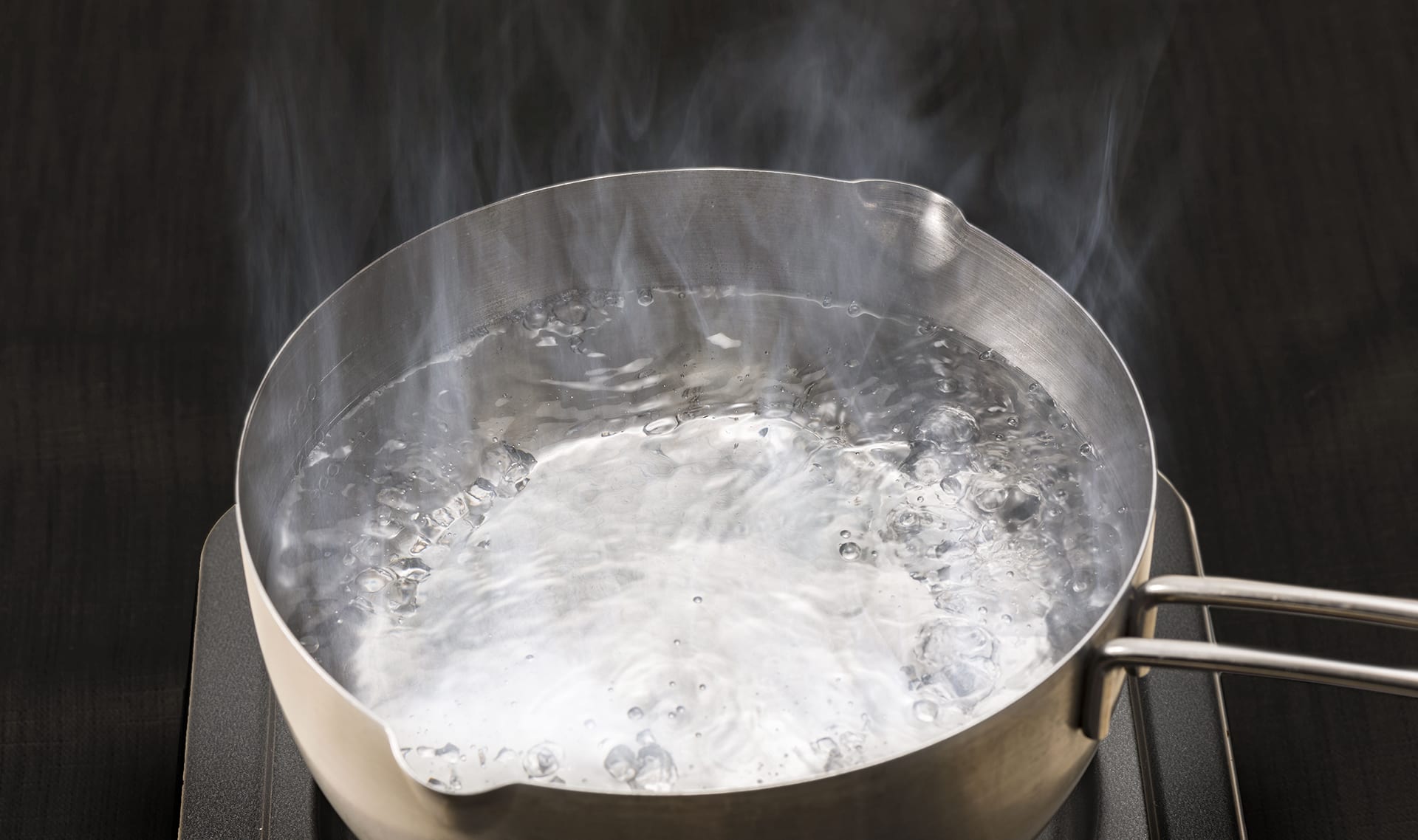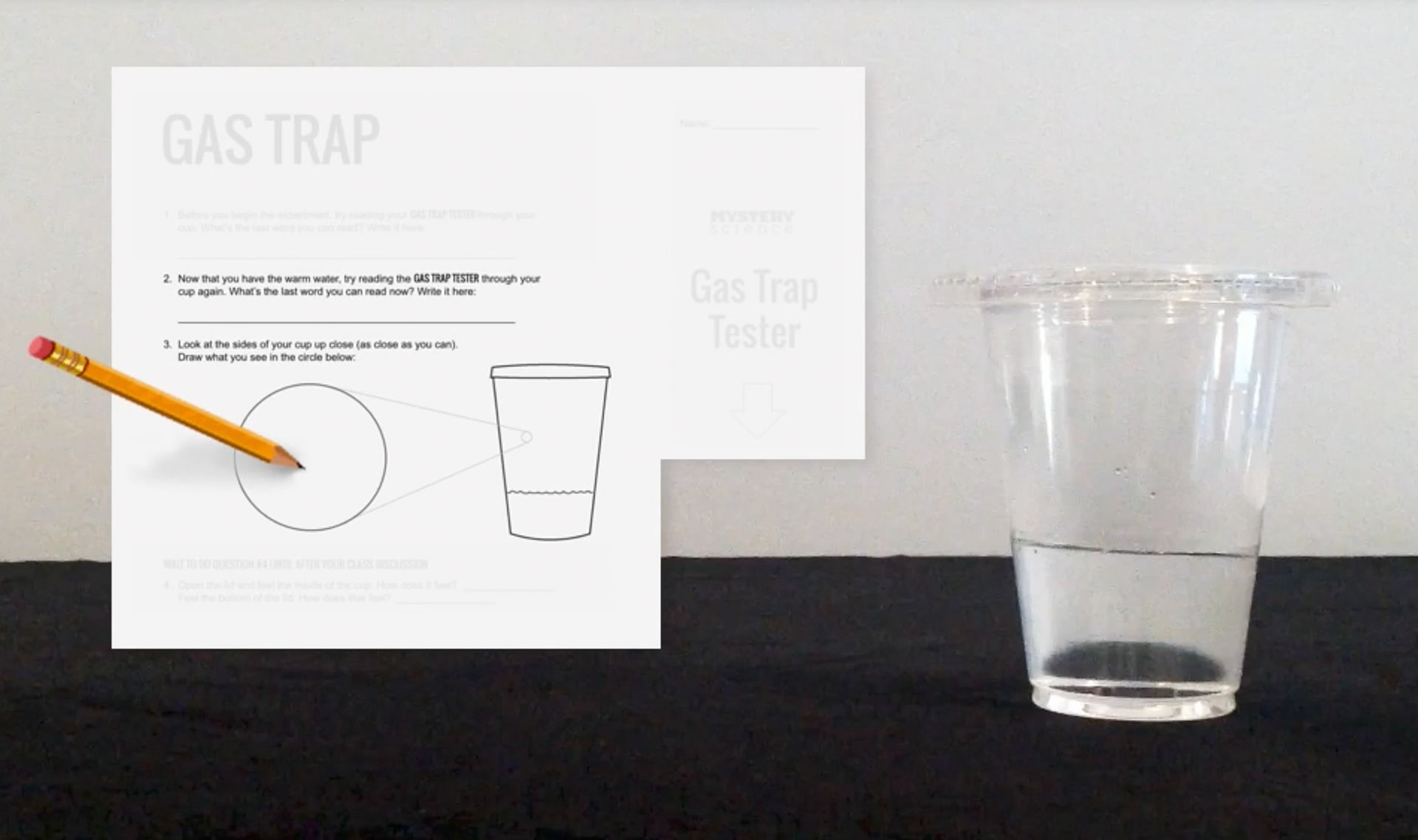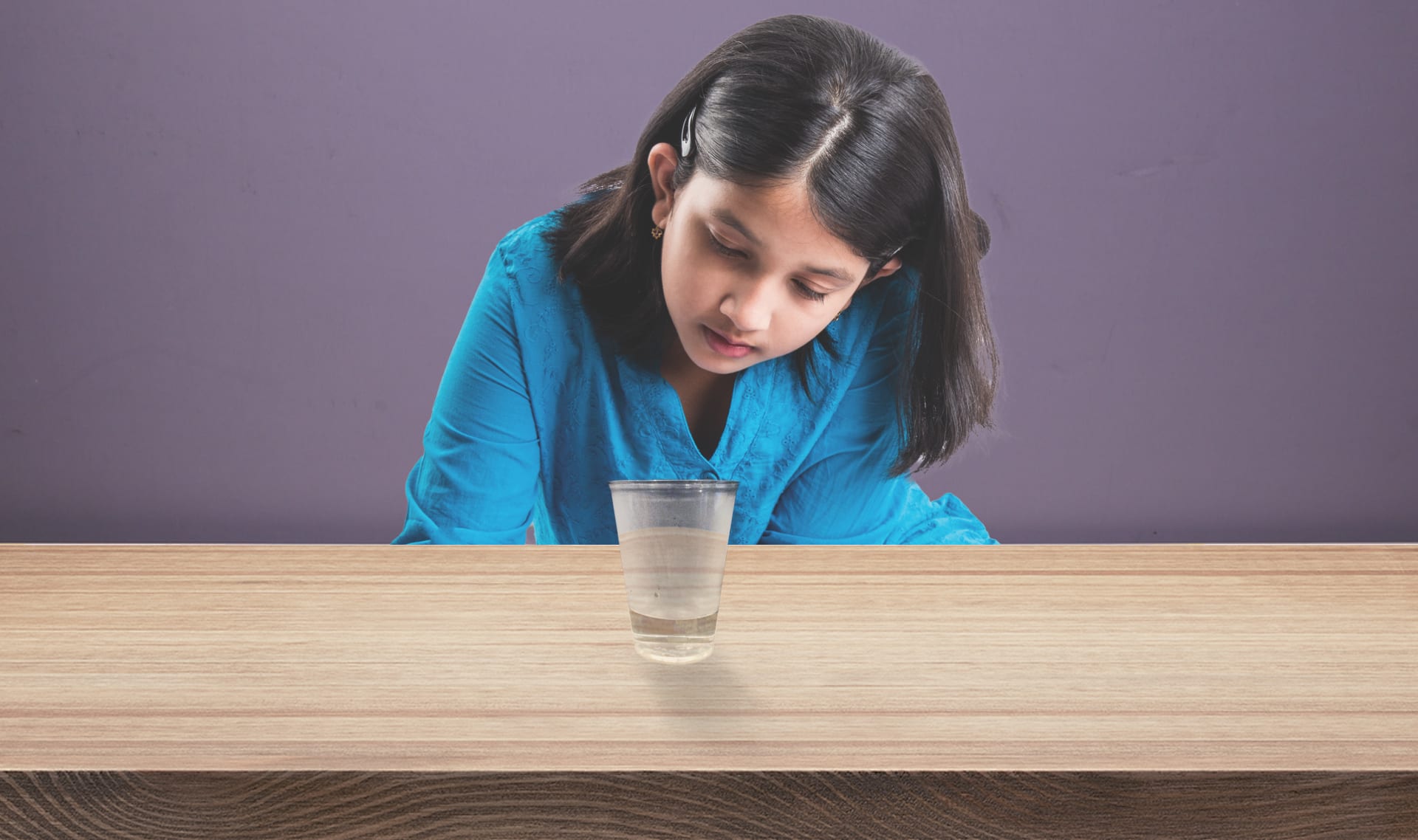Mystery Science respects the intellectual property rights of the owners of visual assets.
We make every effort to use images and videos under appropriate licenses from the owner or by
reaching out to the owner to get explicit permission. If you are the owner of a visual and
believe we are using it without permission, please
contact us—we will reply promptly and make
things right.
Exploration
clouds by
Unsplash
/ cropped, adjusted color
cloud in summer by
zsoravecz
/ cropped, adjusted color
sheep clouds by
followtheseinstructions
, used under CC BY-SA
/ cropped, adjusted color, flipped
large cloud by
Mark Ahsmann
, used under CC BY-SA
/ cropped, adjusted color
cloud shape by
ikinitip
/ cropped, adjusted color
room cloud 2 by
Berndnaut Smilde
/ None
room cloud 1 by
Berndnaut Smilde
/ None
what are clouds? by
abogawat
/ cropped, adjusted color
bonfire by
Tomasz Sienicki
, used under CC BY-SA
/ heavily modified
cottoncandy by
cyclonebill
, used under CC BY-SA
/ cropped, adjusted color
cloud marco by
Jeff Kubina
, used under CC BY-SA
/ heavily modified
Madame Recamier by
Jacques-Louis David
/ heavily modified
hand by
Steph684
/ heavily modified
mountains behind clouds by
Unsplash
/ cropped, altered aspect ratio
fog by
MichaelDiederich
, used under CC BY-SA
/ cropped
foggy street by
Cablekid
, used under CC BY-SA
/ cropped, adjusted color
water drops by
JB Kilpatrick
, used under CC BY
/ cropped, adjusted color
skydivers by
Laura Hadden
, used under CC BY
/ heavily modified
skydiving by
Peter Shankman
cloud time lapse by
viperior
, used under CC BY
/ cropped, adjusted speed
ocean by
kaboompics.com
evaporating puddle by
thatwimpydeer
/ trimmed, adjusted speed
boiling water by
LIFEOFVIDS
, used under CC BY
/ altered aspect ratio
pot by
Frank C. Müller, Baden-Baden
, used under CC BY-SA
/ heavily modified
ice cube by
Pierre (Rennes)
, used under CC BY
/ cropped
water glass by
PublicDomainPictures
/ adjusted color, modified
water evaporation by
Conor Shore
droplets by
Pink Sherbet Photography
, used under CC BY
/ heavily modified
drinking water by
Amanda Mills
sprinklers by
Beth Coll Anderson
, used under CC BY
/ cropped
water spray by
D Jabi
, used under CC BY
/ heavily modified
waves breaking by
Saltvand
, used under CC BY
/ adjusted color
waterfall by
Luke Price
, used under CC BY
/ cropped
clouds over field by
pcdazero
/ adjusted color
mist by
PublicDomainPictures
/ heavily modified
squirt bottle by
Anne Swoboda
, used under CC BY-SA
/ heavily modified
humidifier by
29cm
, used under CC BY-SA
/ heavily modified
Activity
pencil by
Charm
/ cut out
pencil #2 by
JohannPoufPouf
/ heavily modified
